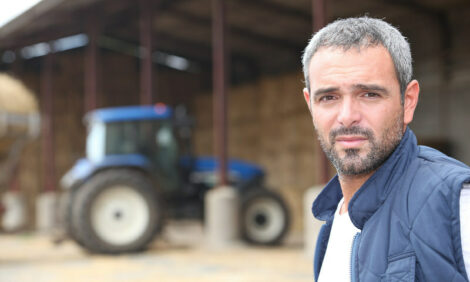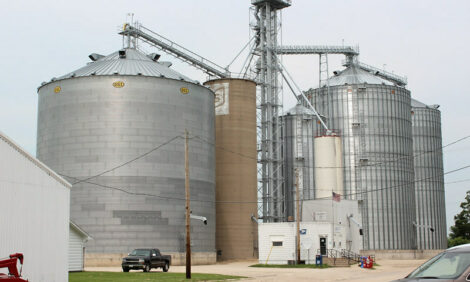



USDA lab closure could hinder key farm research
Lawmakers, staff warn shuttering BARC may set back progressThe US Department of Agriculture's plan to close its flagship laboratory near Washington, D.C., could undermine research on pests, blight and crop genetics crucial to American farms, Reuters reported, citing lawmakers, a farm group and staff of the facility.
The USDA has already lost thousands of research staff to former president Donald Trump's effort to shrink the federal government, even as Agriculture Secretary Brooke Rollins has said farm research is a pillar of national security.
Rollins said in July that the USDA will close the Beltsville Agricultural Research Center, which occupies nearly 7,000 acres in Maryland’s suburbs, as part of an agency reorganization effort that will also move roughly half its Washington-area staff to hubs in North Carolina, Utah and other locations.
The agency has said it is closing BARC and several other USDA buildings because of costly necessary renovations and underutilized space. Workers at BARC in 2023 filed whistleblower complaints about unsafe working conditions at the site.
But critics of the plan to close BARC say it could backfire by interrupting ongoing research and prompting resignations from the scientists conducting it.
“It is unlikely that senior scientists of this calibre with mature research partnerships and rich professional lives will simply move somewhere else,” said Donnell Brown, president of the National Grape Research Alliance, which depends on BARC research into vine stress and water usage.
US Senator Chris Van Hollen, a Maryland Democrat, also criticized the plan.
“You have a lot of people who have invested their time and effort in research for farmers across the country, and this plan would destroy that ongoing research,” he said.
Three staff at the facility, who requested anonymity out of fear of retribution, said the co-location of many labs at BARC allows for economies of scale and cost savings, and that the proximity to Washington enables researchers to easily brief lawmakers or other parts of the USDA.
A USDA spokesperson said the $500 million required to modernize the BARC facility, plus another $40 million in annual maintenance, was not a wise use of taxpayer funds, and that the agency's other laboratories could house BARC’s research.
Rollins said in a July memo outlining the relocation effort that the BARC facility would be closed over several years to avoid disruptions to critical research.
The USDA on July 25 told the House of Representatives and Senate agriculture and appropriations committees that it did not have data or analysis underpinning its reorganization plan to share with members of Congress or their staff, according to a letter sent from Democrats on the House Agriculture Committee to Rollins on Aug. 14.
“Ostensibly they’re saying it would save money, but I haven’t seen any study that suggests that’s the case,” said US Representative Glenn Ivey, whose Maryland district contains the BARC site.



